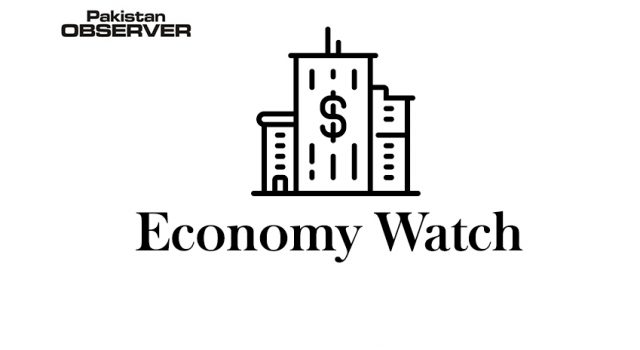Staff Reporter
Islamabad
The Ministry of Finance has rejected claims and statements made in a section of the media insinuating that the unemployment rate can be as high as 8 percent this year due to prevailing economic conditions which are also wrongly described as leading to a reported loss of almost one million jobs, 24 per cent hike in the prices of food items and further addition of 10 million people to those falling under the poverty line.
“These claims made without any corroborating evidence about the expected loss of jobs and higher unemployment rate are not based on facts since the latest labour force survey is not published yet, and a true picture would emerge only after latest facts and figures are available after their publication by the Pakistan Bureau of Statistics (PBS),” said Finance Division in a press statement issued to the media on Friday.
The Ministry of Finance also stressed that the economic condition was only improving with each passing day and the payoff from ongoing stabilization efforts had already become visible in the form of improvement in key economic indicators like current account deficit reduced by 72.0% during July-January FY2020, worker’s remittances increased by 4.1%, foreign direct investment (FDI) grew by 65.7%, exports increased by 3.6% (provisional) during Jul-Feb, FY2020, fiscal deficit contained at 2.3% during Jul-Dec FY2020, and significant rise recorded in FBR tax revenues to Rs.2,731 billion (17.1 %) during Jul-Feb, FY2020. “All of the above development is an affirmation of the government’s success in stabilizing the economy and laying a foundation for robust growth.”
Similarly, the claim of losing jobs and expected higher unemployment rate is also not based on facts as latest labour force survey is not published yet. Latest facts and figures would be available after its publication by the Pakistan Bureau of Statistics (PBS). However, it is worth to mention that Job creation is one of the key objectives of economic reform agenda of the government.
To boost up agriculture sector and to? increase the employment opportunities in rural areas the Federal government is implementing “National Agriculture Emergency Programme”.
The government? is providing a series of subsidies and incentives to industrial sector to boost jobs. These include subsidies to industry for electricity and gas, export development package and continuation of provision of Long-Term Trade Financing (LTFF) and Export Refinancing Scheme (ERS) at subsidized rate.
Government has allocated an amount of Rs.125.184 billion for 10 Billion Tree Tsunami that will create 2 million jobs and Rs. 6.0 billion has been released for this project.
Under Kamyab Jawan Youth Entrepreneurship? Programme (YES) Rs.128 million has disbursed till January, 2020 to youth to setup/expand business. Hunarmand Pakistan Program of Rs 10 billion has? been launched to facilitate the youth through skill development and so far Rs 1.5 billion has been released.
State Bank of Pakistan (SBP) has enhanced? the payment limits against freelance services in computer and information system from $5000/individual/ month to $25,000/individual/month. This would also enable freelancers to expand their business or operations and engage new individuals to join the workforce.
PSDP has been increased from Rs.561 billion to? Rs.701 billion in FY2020 that will have multiplier effect on private investment.
PSDP authorization went up to Rs. 464.7 billion (as on? 28-02-2020) as against Rs. 365.23 billion in last year. The process of releases under Public Sector Development Program (PSDP) has been simplified.
With regard to inflation, the government is making all efforts to bring down inflation by ensuring smooth supply of commodities, checking hoarding, smuggling and undue profiteering. Further, vigilant monitoring of prices both at federal and provincial level has been ensured. The recent data of inflation indicates that CPI inflation decreased by 1.0% on MoM in February 2020 over January 2020. However on YoY, recorded at 12.4% in February 2020 over February 2019 and July-February CPI inflation reached to 11.7% (6.0% last year).
The present government has emphasized on price control through different policy, administrative and relief measures which include: Policy Measures
ECC? allowed import of 0.3 million tons of wheat to decrease the local wheat price and meet the domestic requirement. In order to control its prices, the ECC approved waiving 60% regulatory duty and 7% withholding taxes on its import.
ECC banned sugar export in an attempt to regulate the surging? prices.
Government has discontinued borrowing from the State Bank of? Pakistan which has inflationary impact and switched to commercial banks for borrowing which is less inflationary in nature. Government has retired Rs 757.0 bn (Jul- 21st Feb, FY2020) as compared to borrowing of Rs 1,487.5 billion same period last year.
To contain fiscal deficit, there is complete? restriction on supplementary grants to ease out inflationary pressures.









